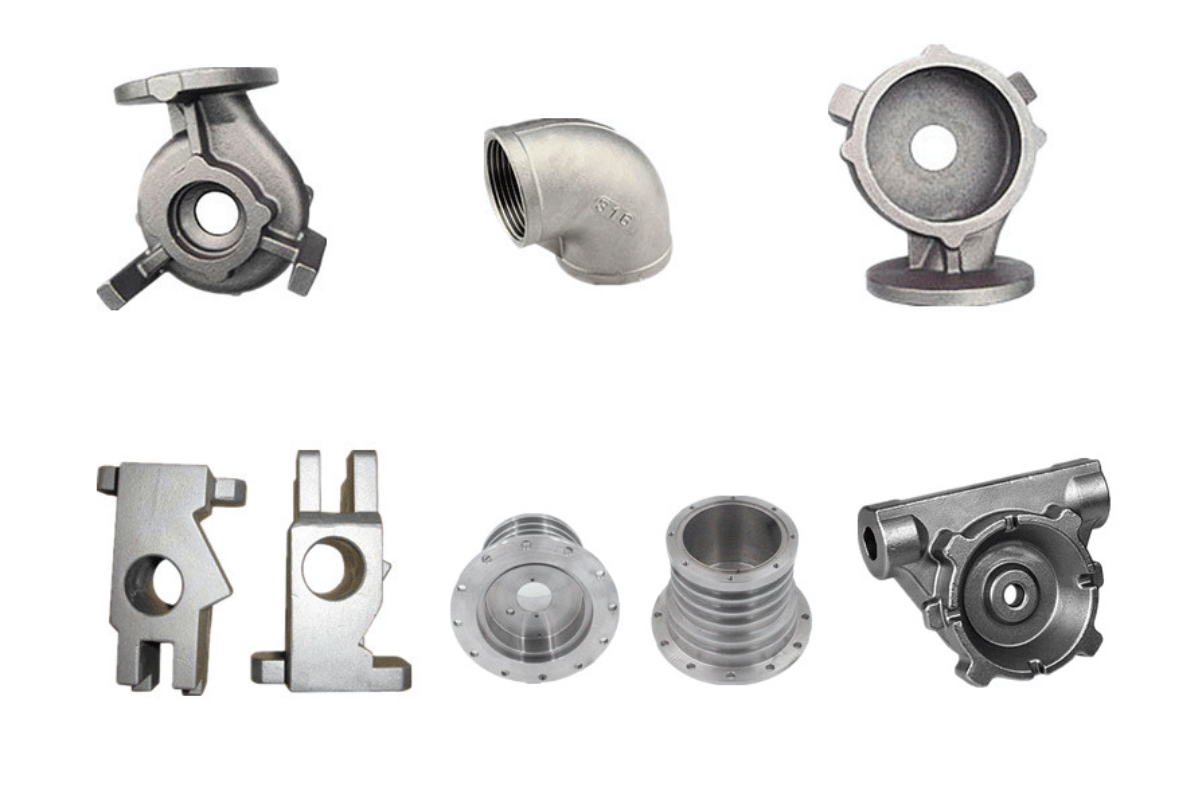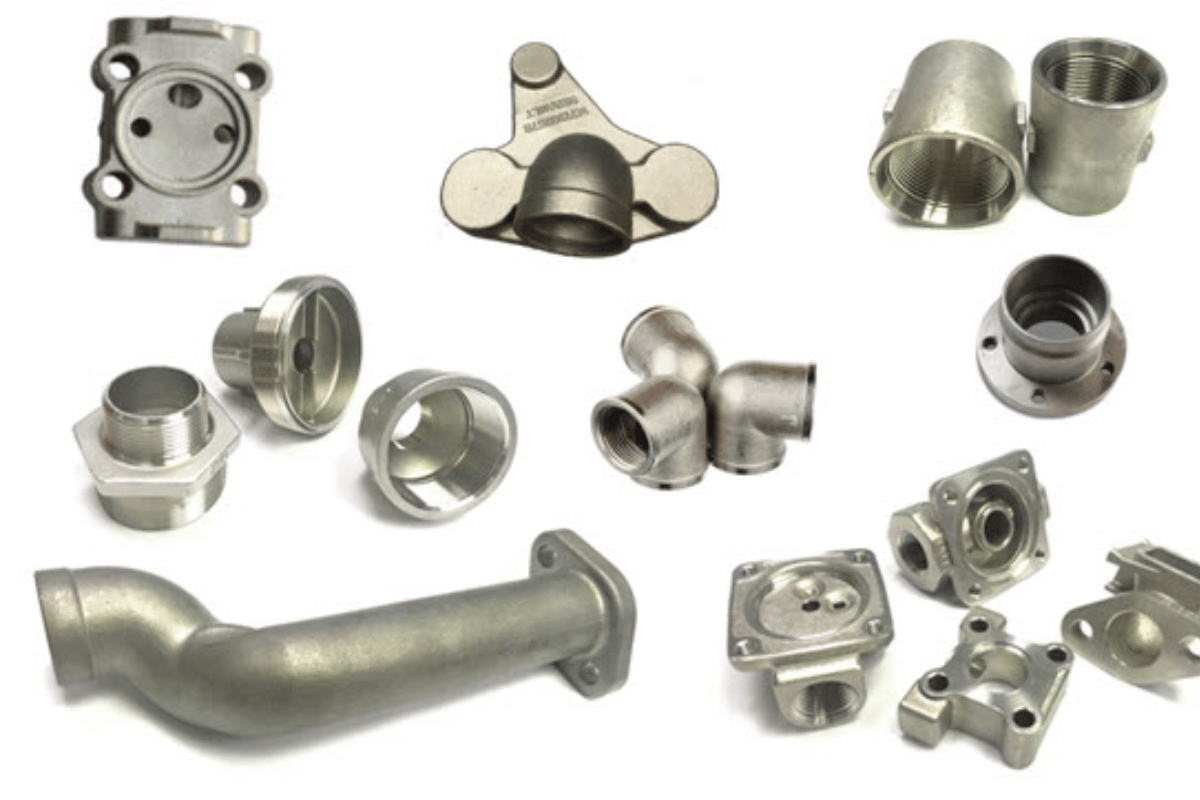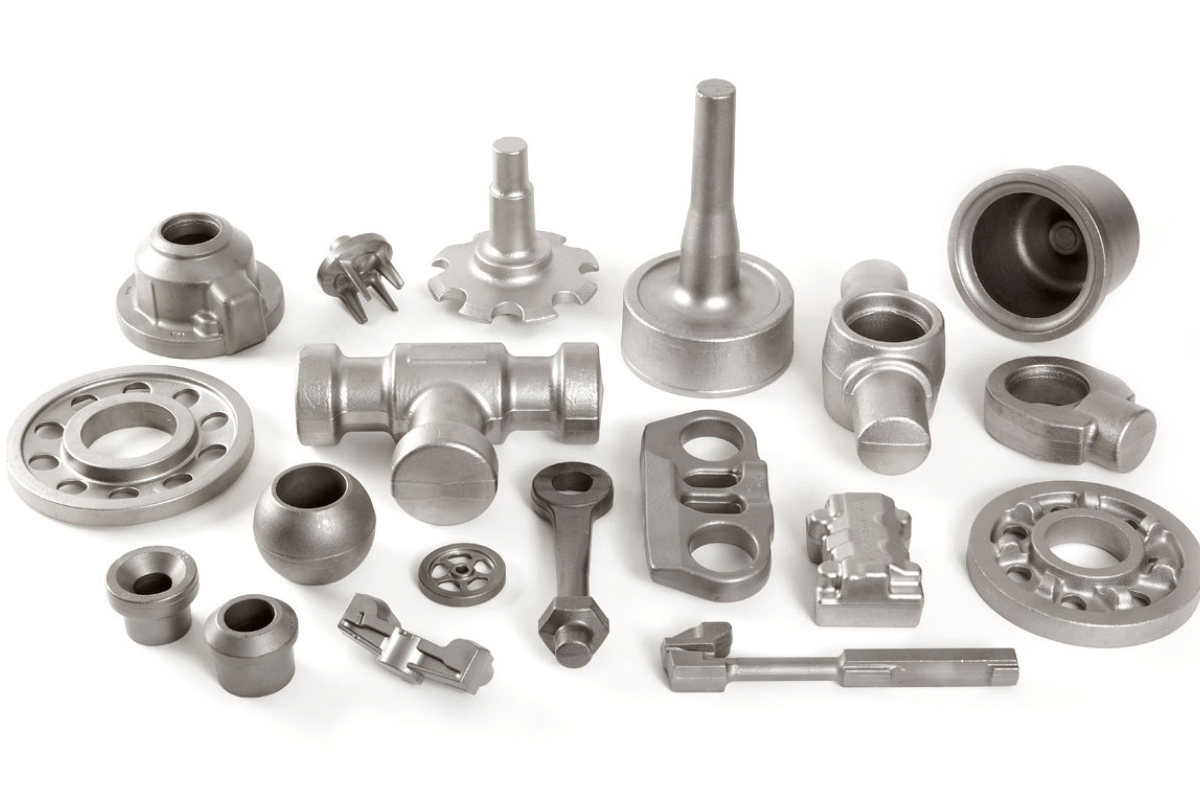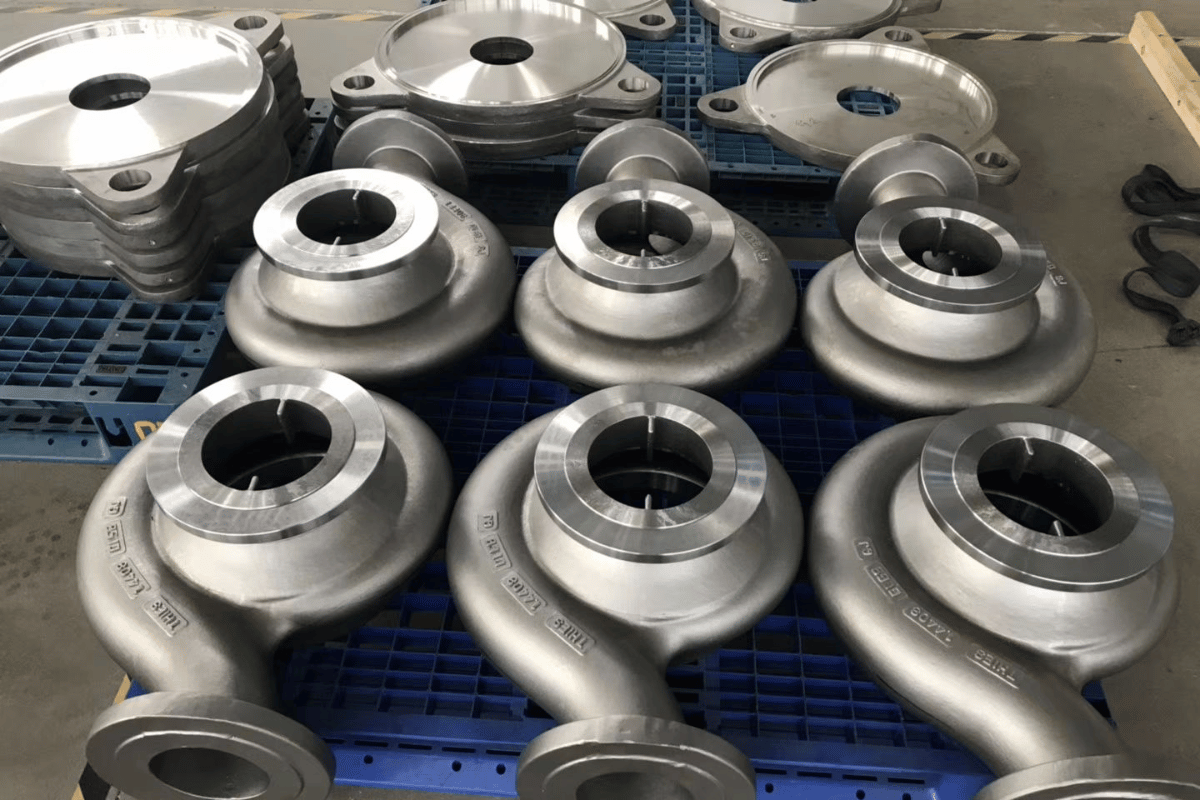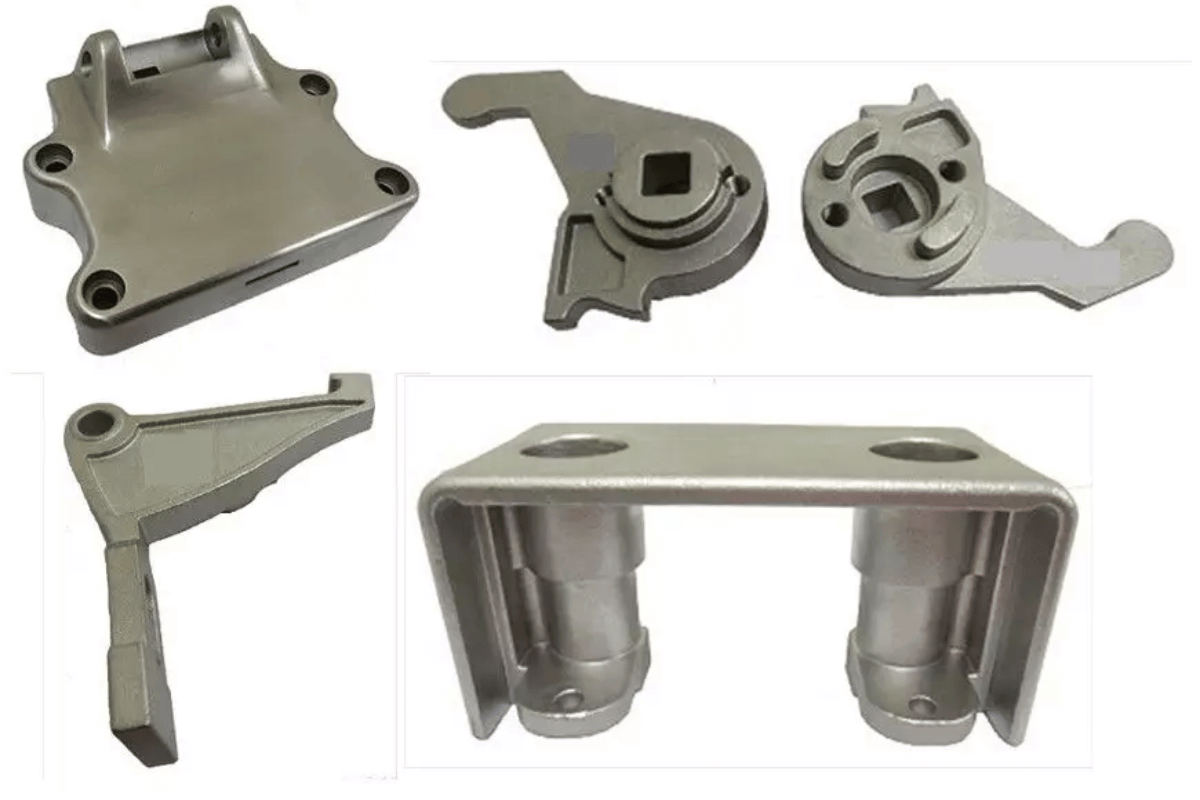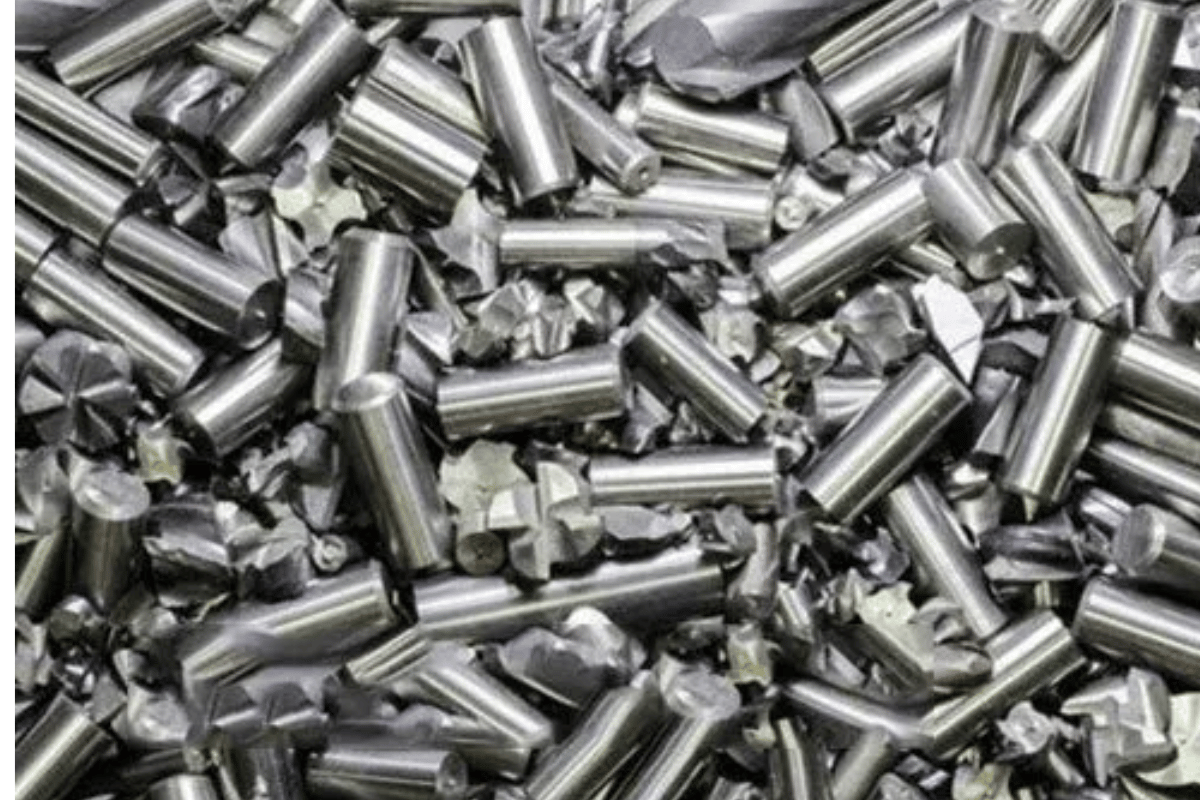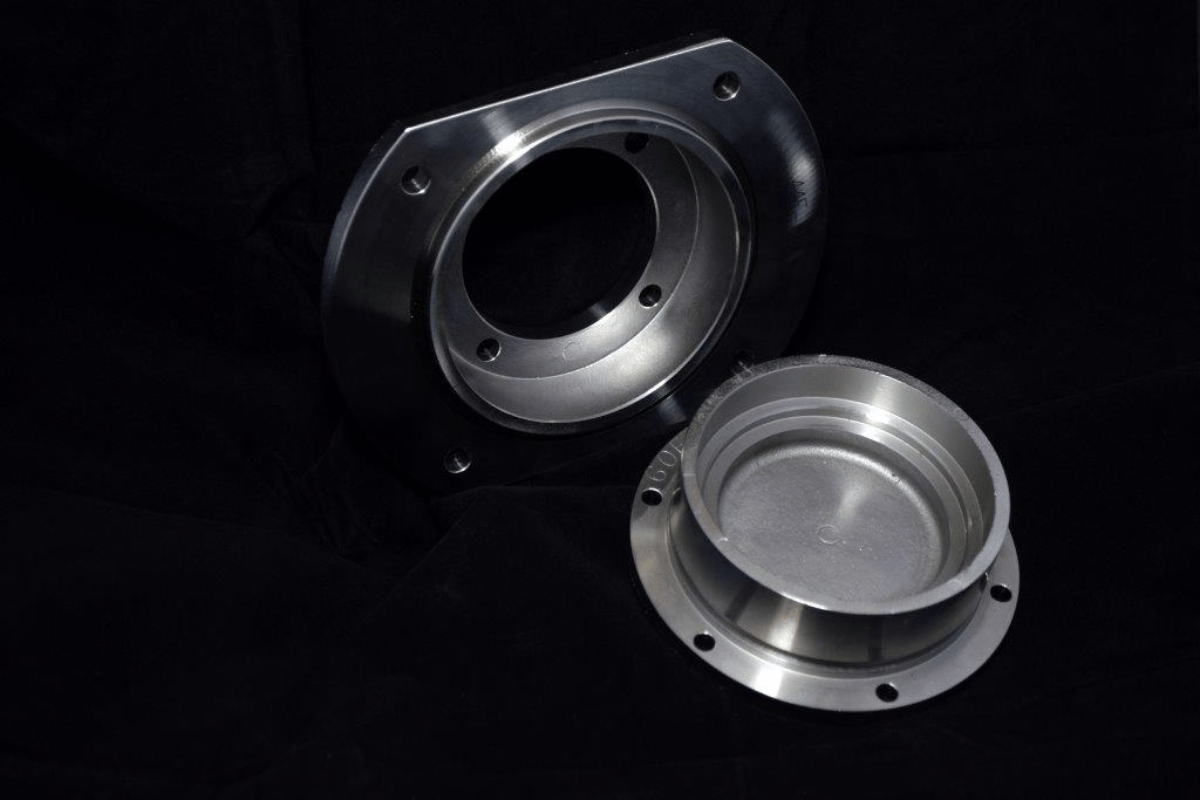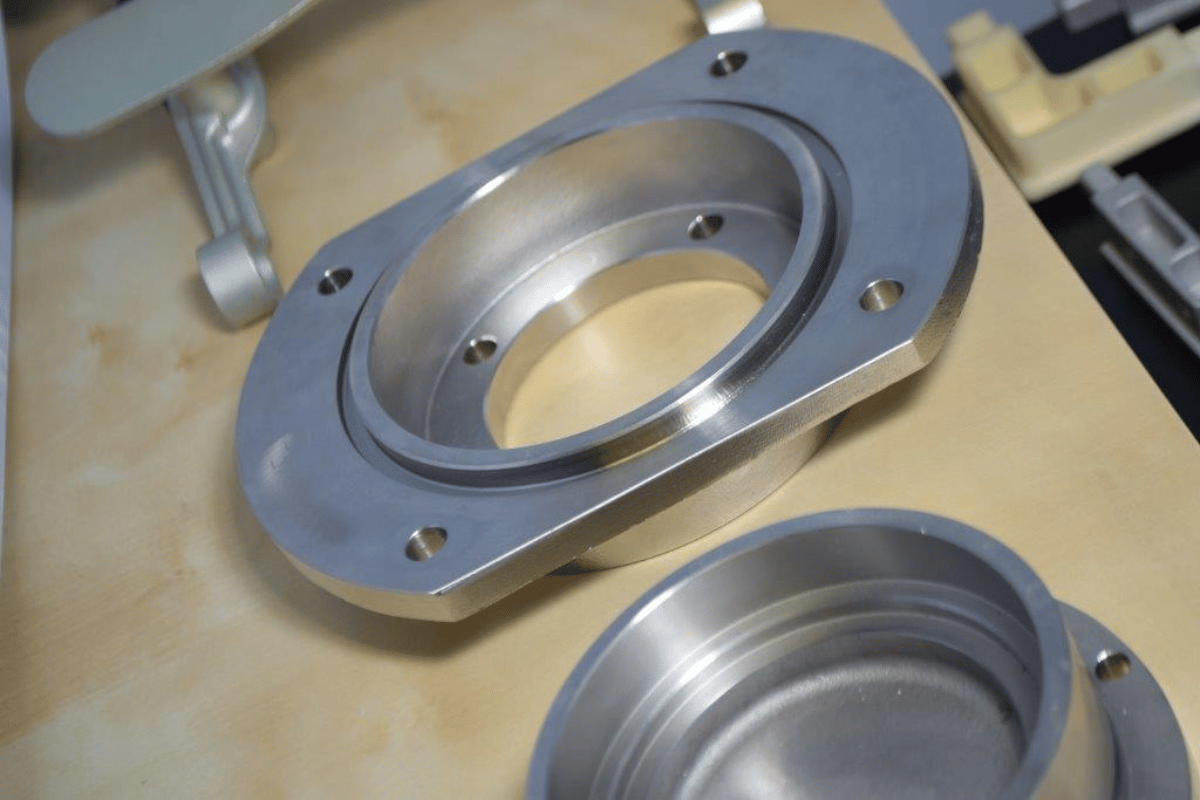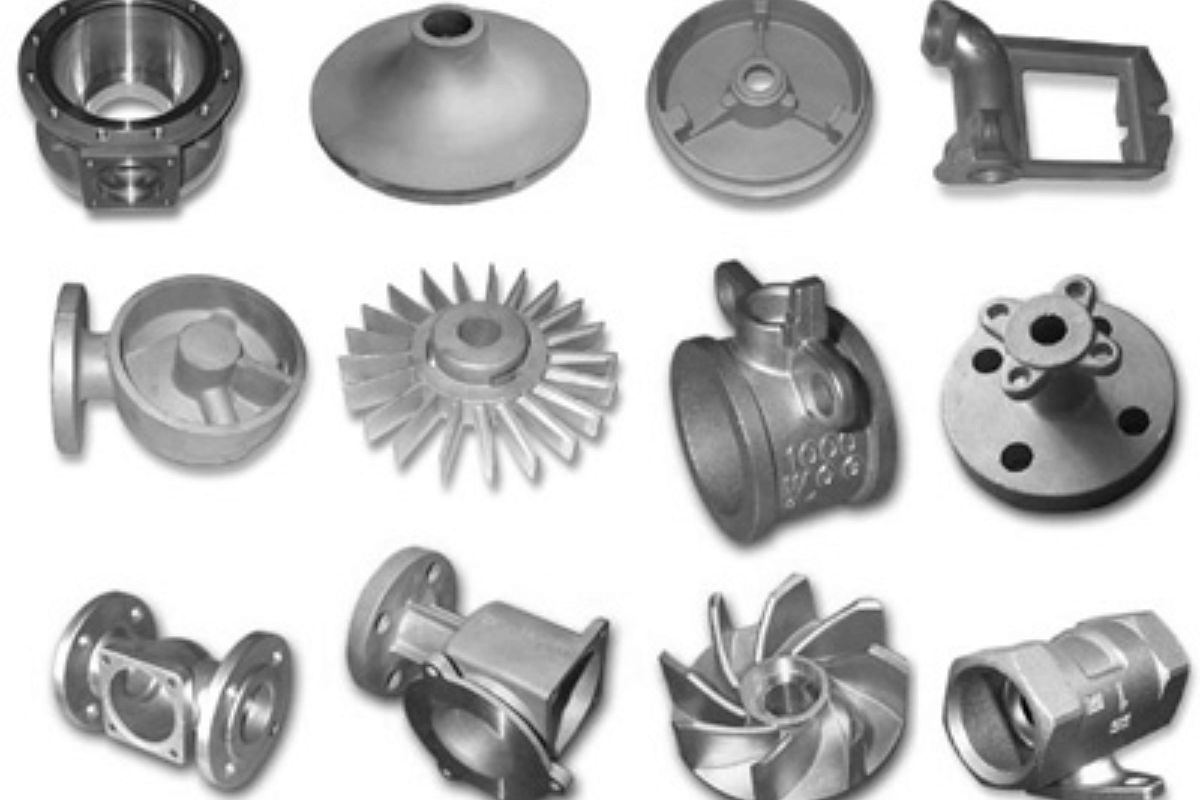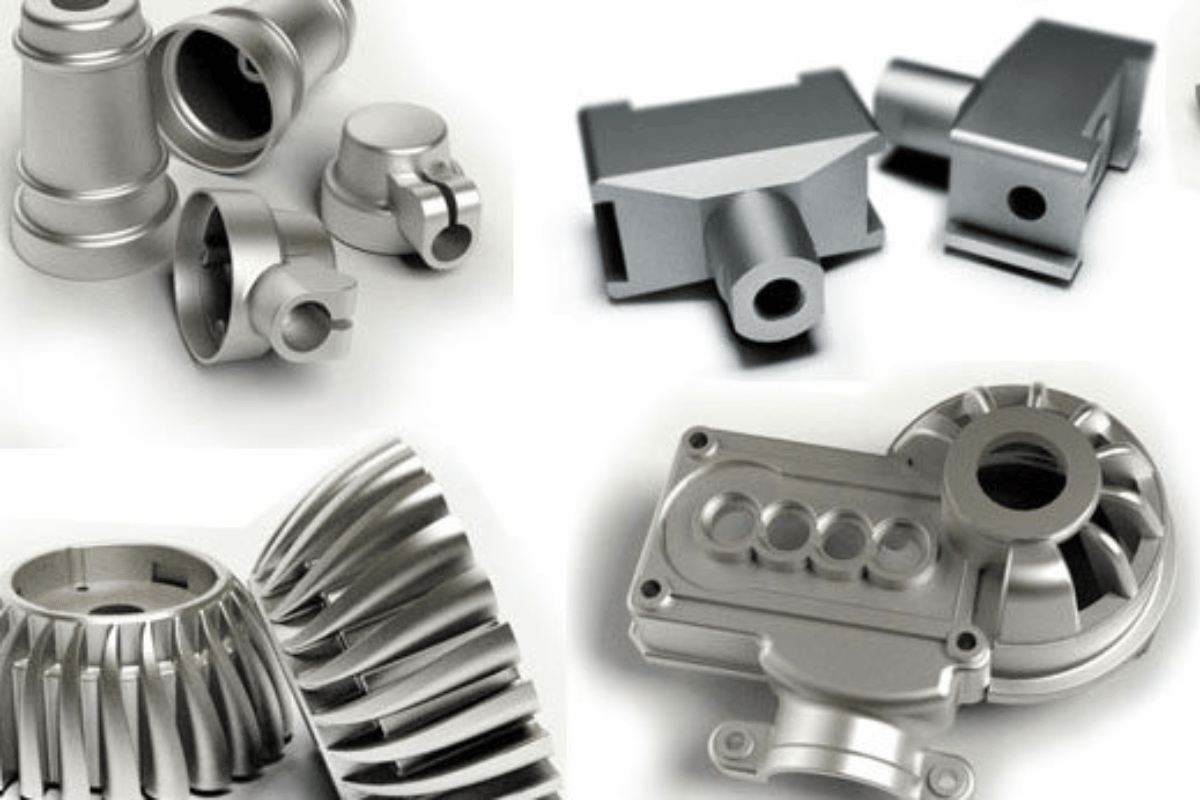In the vibrant tapestry of modern living, the theme of energy conservation resonates with renewed significance, casting its illumination on a path towards a more sustainable future. As the year 2023 unfolds, the call to preserve energy takes center stage, compelling individuals and communities alike to explore ways to save energy at home. Among the groups poised to make a profound impact in this energy conservation movement are the cherished seniors of California. This article delves into the intertwining narratives of energy conservation and the senior community, illuminating how these stories converge and why they matter.
Amidst the changing dynamics of our world, energy conservation emerges as an unwavering refrain. The intricate dance between technology and nature finds its balance in the conscientious choices we make within our abodes. But what makes this narrative particularly compelling is the starring role that seniors play in this conservation ballet, specifically in the picturesque setting of California.
For the seniors inhabiting the sun-kissed landscapes of California, the notion of energy conservation takes on a new hue. These individuals, who have witnessed the evolution of technology and lifestyle, find themselves at the crossroads of wisdom and action. Their lived experiences intersect with the modern urgency to conserve energy, weaving together a narrative that transcends generations.
In a state renowned for its picturesque beauty and diverse demographics, the senior population stands as a cornerstone of influence. Their collective experiences, values, and decisions have the potential to shape not only their own lives but also the trajectory of energy conservation in California. Through the pages of this article, we embark on a journey to understand how seniors are contributing to the chorus of energy conservation, making a lasting impact on their homes, communities, and the environment.
Historical Energy Consumption Patterns
As we delve deeper into the fabric of energy conservation and its intersection with the senior community, it becomes essential to trace the contours of historical energy consumption patterns. An analysis of the past energy usage trends among seniors unveils a compelling narrative, revealing the symbiotic relationship between lifestyle, climate, and economic factors.
The annals of time reveal a fascinating journey through which energy consumption among seniors has evolved. Looking back, it becomes apparent that these patterns were shaped by a multitude of factors, including technological advancements, social norms, and economic landscapes. As seniors traversed the eras, their energy consumption ebbed and flowed in response to the changing tides of progress.
One notable facet of this historical exploration is the interplay between changing climates and energy consumption. As the climate fluctuated over the years, seniors navigated the ebb and flow of energy needs to ensure comfort and sustenance. From the era of manual heating methods to the advent of central air conditioning, their energy consumption adapted to the nuances of the weather outside their windows.
Rising costs, like unyielding tides, also cast their influence on the trajectory of energy consumption. The economics of energy procurement have always been a dance between affordability and necessity. Seniors, who have witnessed the shifting tides of economic prosperity, have often adjusted their energy usage in response to the financial landscape. Rising energy costs have prompted them to adopt more prudent and efficient energy consumption practices.
In the tapestry of historical energy consumption patterns, we find the threads of resilience, adaptability, and resourcefulness woven intricately. The past serves as a teacher, offering lessons that resonate with the present and illuminate the path to a more energy-conscious future. As we transition to understanding the pivotal role of seniors in the energy conservation movement, the threads of history provide us with insights into how their choices and actions can influence the landscape of energy conservation in California and beyond.

ways to save energy at home
Why Seniors are Pivotal in the Energy Conservation Movement
In the mosaic of California’s population, the senior community holds a unique and pivotal position in the unfolding energy conservation movement. To understand their influence, we must first delve into the demographics of this revered group and grasp the threads that connect them to the fabric of sustainable living.
California’s senior population forms a tapestry rich in diversity, experiences, and perspectives. With a demographic composition that spans a spectrum of backgrounds and life stories, seniors bring a wealth of wisdom to the discourse on energy conservation. Many of these individuals have traversed the landscapes of earlier eras, witnessing technological advancements and societal shifts that have transformed the very fabric of daily existence.
One of the defining features of the senior community is their role as decision-makers within their households. As custodians of homes that have withstood the test of time, seniors possess a unique influence over household energy decisions. Their choices ripple through the routines of daily life, casting a profound impact on the energy footprint of their abodes.
The influence of seniors on household energy decisions is a synergy of values, experiences, and foresight. Having navigated the currents of change, they carry with them a deep appreciation for resourcefulness and stewardship. This perspective often translates into energy-saving habits that align with the broader ethos of sustainable living.
Moreover, seniors are an invaluable bridge between generations. Their insights, forged through decades of life experience, foster intergenerational dialogue on the importance of energy conservation. As they engage with younger family members, neighbors, and communities, they pass down not only stories of yesteryears but also a legacy of conscious energy choices.
In the context of the energy conservation movement, seniors emerge as torchbearers of change, carrying the light of wisdom and experience. Their influence extends beyond individual households, touching the hearts and minds of those who listen to their stories and embrace their practices. As we progress through this exploration, the integral role of seniors becomes even more apparent, underscoring their potential to shape a sustainable and energy-conscious future.
Top Ways California Seniors are Saving Energy
In the heart of California’s senior community lies a steadfast commitment to sustainability, reflected through the adoption of various energy-saving measures. As we venture into the realm of practical actions, we uncover a tapestry woven with threads of innovation, consciousness, and responsibility.
High-Efficiency Appliances and Their Adoption Rates
One of the cornerstones of energy conservation among California seniors is the embrace of high-efficiency appliances. These appliances stand as beacons of technological progress, designed to minimize energy consumption without compromising performance. Seniors, cognizant of the long-term benefits, have wholeheartedly embraced these appliances, weaving them into the fabric of their daily routines.
From energy-efficient refrigerators to washing machines, seniors are making conscious choices that transcend convenience and speak to their commitment to sustainable living. These appliances, often adorned with the Energy Star label, serve as a testament to their dedication to reducing their carbon footprint while enjoying the comforts of modern life.
Smart Thermostats and Heating Solutions
In the ever-evolving landscape of technology, the advent of smart thermostats has been a game-changer for energy conservation. Seniors in California have eagerly adopted these intelligent devices, which allow precise control over indoor temperatures. The ability to program heating and cooling patterns ensures that energy is used only when needed, resulting in substantial savings.
These smart thermostats, often accompanied by remote control features, empower seniors to manage their homes’ climate even when they are away. Whether adjusting settings from the comfort of their armchairs or optimizing temperatures for their return, the seniors’ embrace of these technologies showcases a synergy between modern innovation and energy-conscious choices.
Solar Energy and Senior Homeowners
As the California sun bathes the landscape in golden rays, the potential for harnessing solar energy is immense. Seniors, many of whom are homeowners, have tapped into this renewable resource with enthusiasm. Solar panels grace the rooftops of senior homes, transforming them into mini power plants that generate clean and sustainable electricity.
The adoption of solar energy is a testament to the seniors’ foresight and commitment to leaving a positive impact on the environment. The investment in solar panels not only leads to reduced energy bills but also contributes to a greener future for generations to come. As they harness the power of the sun, seniors illuminate the path to a more sustainable energy landscape.
In the nexus of high-efficiency appliances, smart technology, and renewable energy, California seniors stand as exemplars of conscious energy conservation. Their choices resonate with a shared vision of a more sustainable world, where innovation and responsibility coalesce to shape a brighter future.

ways to save energy at home
The Role of Natural Light and Ventilation
In the symphony of energy conservation, California seniors have embraced a harmonious duo: the interplay between natural light and effective ventilation. These elements, often overlooked, hold the power to transform homes into sanctuaries of energy efficiency, fostering a balance between comfort and responsible resource utilization.
The Benefits of Optimizing Natural Light
Natural light, like a gentle maestro, orchestrates a myriad of benefits for both well-being and energy conservation. California seniors have tapped into the beauty of sunlight, allowing it to grace their living spaces and illuminate their lives in more ways than one.
Beyond the aesthetic allure, optimizing natural light boasts substantial energy-saving advantages. Sunlit rooms require less artificial lighting, reducing electricity consumption. Seniors have ingeniously arranged their interiors to welcome sunlight’s embrace, positioning furniture and decor strategically to maximize its reach. This not only reduces energy bills but also nurtures a connection with the rhythms of nature.
The synergy between natural light and human wellness cannot be understated. Sunlight is a natural mood enhancer, and its presence within homes nurtures a positive atmosphere. California seniors, with their appreciation for holistic well-being, have woven the benefits of natural light into the fabric of their everyday lives.
Effective Ventilation Practices Reducing Energy Needs
Ventilation, often regarded as the gentle breeze that whispers through a home, plays an equally vital role in energy conservation. Seniors in California have recognized that effective ventilation practices not only refresh the air within their abodes but also reduce the demand for energy-intensive cooling and heating.
Strategically opening windows to allow cross-ventilation, harnessing the power of ceiling fans, and installing attic vents are just a few ways seniors ensure optimal air circulation. By doing so, they mitigate the need for air conditioning during warm months and foster a cool and comfortable atmosphere without overreliance on energy-consuming devices.
The art of ventilation extends beyond mere utility; it embodies a commitment to preserving resources and embracing a more sustainable way of life. The senior community’s integration of effective ventilation practices is a testament to their holistic understanding of energy conservation and their dedication to stewardship of both comfort and the environment.
As the sun’s rays dance through sunlit rooms and gentle breezes caress well-ventilated spaces, California seniors stand as exemplars of the balance between nature’s gifts and responsible energy utilization. Their choices echo through the corridors of time, leaving behind a legacy of enlightened living for generations to come.
The Role of Natural Light and Ventilation
In the realm of energy conservation, California seniors have embraced two key allies in their quest for a sustainable and efficient lifestyle: the nurturing embrace of natural light and the gentle dance of effective ventilation. These elements, often overlooked in the bustling narratives of technology, hold profound potential to reshape homes into havens of energy efficiency, fostering a harmonious balance between comfort and responsible resource utilization.
The Benefits of Optimizing Natural Light
Imagine the sun as a silent collaborator, lending its warmth and radiance to the interiors of homes. For California seniors, optimizing natural light is not merely an aesthetic choice—it’s a conscious decision rooted in a deeper understanding of energy conservation.
The benefits of bathing living spaces in natural light are manifold. Sunlit rooms require fewer artificial lights, effectively reducing electricity consumption. Seniors have masterfully orchestrated the layout of their living spaces, positioning furniture and decor to invite the sun’s rays, resulting in the illumination of corners that were once shrouded in darkness. This not only trims down energy bills but also establishes a direct connection between indoor spaces and the natural world.
The link between natural light and emotional well-being is also a cornerstone of California seniors’ approach to energy conservation. Sunlight is nature’s own antidepressant, infusing rooms with a sense of positivity and vibrancy. By embracing the gentle caress of sunlight, seniors weave wellness into the fabric of their energy-conscious lifestyle.
Effective Ventilation Practices Reducing Energy Needs
Ventilation, often as subtle as a whispered promise, emerges as another guardian of energy conservation. Seniors in California have recognized that effective ventilation practices hold the potential to refresh living spaces while concurrently reducing the reliance on energy-demanding cooling and heating systems.
The dance of ventilation takes on many forms: strategically opening windows to welcome cross-ventilation, harnessing the power of ceiling fans to circulate air, and embracing innovative attic ventilation solutions. These practices work in symphony to create a living environment where fresh air is abundant, temperature regulation is intuitive, and energy consumption is minimized.
Beyond the practicality, ventilation is a pledge to sustainability. Seniors understand that by allowing the gentle flow of air to traverse their homes, they not only maintain comfort but also minimize their ecological footprint—a profound statement of stewardship towards the environment.
The narrative of natural light and ventilation is a story of symbiosis, where the sun and the breeze converge to shape a sanctuary of energy efficiency. As California seniors allow sunlight to embrace their interiors and air to gracefully waltz through their living spaces, they become ambassadors of a balanced and sustainable lifestyle, inspiring future generations to tread lightly upon the Earth.

ways to save energy at home
Water Conservation as a Key to Power Efficiency
In the symphony of energy conservation, California seniors have added a new note to their repertoire: the melody of water conservation. As stewards of both energy and the environment, they have recognized that judicious water management not only preserves this precious resource but also plays a pivotal role in achieving power efficiency within their homes.
Low-Flow Fixtures and Their Popularity
Low-flow fixtures, akin to gentle conductors, orchestrate the efficient use of water within California senior households. These fixtures, from faucets to showerheads, have garnered substantial popularity owing to their ability to curtail water wastage without compromising the daily rituals that rely on this essential element.
Seniors have embraced low-flow fixtures for a multitude of reasons. These fixtures optimize water pressure while minimizing the amount of water released, effectively reducing consumption. The gentle cascade of water from these fixtures is a testament to efficiency, reminding us that responsible living need not sacrifice comfort.
By adopting low-flow fixtures, seniors send a resounding message: every drop matters. Their conscientious choice aligns with the larger narrative of resource preservation and showcases how small actions can collectively create a significant impact on the environment.
Water Heating: New Methods and Technologies
The second movement in the water conservation symphony is the realm of water heating—a facet that resonates deeply with California seniors who seek power efficiency in every corner of their lives. Innovations in water heating methods and technologies have allowed them to tread lightly on energy consumption while still enjoying the comforts of warm water.
Tankless water heaters have emerged as stars of the power efficiency stage. These compact units provide hot water on demand, eliminating the need for constant water heating and reducing standby energy losses. Seniors have embraced tankless water heaters not only for their energy-saving benefits but also for their space-saving design and extended lifespan.
Solar water heating, another rising star, harnesses the sun’s abundant energy to warm water for household use. Seniors have recognized the potential of solar water heaters to reduce reliance on conventional energy sources and subsequently lower utility bills. This dual advantage aligns seamlessly with their commitment to both financial prudence and environmental stewardship.
As water conservation weaves its way into the fabric of power efficiency, California seniors stand as pioneers of this harmonious marriage. Their adoption of low-flow fixtures and exploration of innovative water heating methods reflect an unwavering dedication to responsible living and a future where power efficiency and water conservation coexist in perfect harmony.
Tech and Tools: Smart Home Gadgets for Seniors
In the age of innovation, California seniors have embarked on a journey that seamlessly merges technology with their pursuit of energy efficiency. Armed with a palette of cutting-edge smart home gadgets, they are redefining the boundaries of power conservation while embracing the convenience and empowerment that technology brings to their lives.
Energy Monitoring Systems: Illuminating Consumption Patterns
Energy monitoring systems, akin to vigilant guardians, have found their way into the heart of California senior households. These smart devices offer real-time insights into energy consumption, unveiling the intricacies of power usage that were once shrouded in mystery. Seniors have wholeheartedly embraced this technology as it empowers them to make informed decisions about their energy habits.
With energy monitoring systems in place, seniors can effortlessly track their energy consumption, identifying peaks and troughs that often go unnoticed. This newfound awareness serves as a catalyst for change, prompting adjustments in daily routines and appliance usage patterns. By understanding how and when energy is consumed, seniors unlock the potential for meaningful reductions in their energy bills and carbon footprint.
Remote Control of Home Appliances and Lights: A Touch of Magic
The magic of technology takes center stage as seniors delve into the realm of remote control for home appliances and lights. Through the seamless interface of smartphones and smart devices, they orchestrate a symphony of energy conservation without leaving the comfort of their favorite armchair.
Seniors have harnessed the power of automation to streamline their energy consumption. With a simple touch, they can remotely switch off lights, adjust thermostats, and even power down appliances. This newfound control extends beyond convenience—it’s a way of life that mirrors their commitment to sustainable practices.
Imagine the power of turning off lights that were inadvertently left on or adjusting the thermostat to conserve energy while away from home. Through the art of remote control, seniors have become choreographers of energy, crafting a narrative where technology and conservation dance in harmony.
As California seniors embrace energy monitoring systems and embrace the convenience of remote control, they amplify their role as trailblazers in the energy conservation movement. With each swipe of their fingertips, they propel the narrative of power efficiency into the digital age, proving that innovation and sustainability can indeed go hand in hand.

ways to save energy at home
Behavioral Changes Making a Big Impact
In the grand tapestry of energy conservation, California seniors are crafting a narrative of change through a series of intentional behavioral shifts. These shifts, while seemingly small, have the potential to create ripples of impact that extend far beyond their individual lives, shaping a more sustainable future for generations to come.
Off-Peak Hour Utilization: A Time-Tested Strategy
Seniors have harnessed the power of timing, a fundamental principle that underpins energy conservation. The concept of off-peak hour utilization has become a cornerstone of their strategy, allowing them to optimize energy consumption during times when demand is lower.
By deferring energy-intensive activities, such as using high-power appliances or charging electronic devices, to off-peak hours, seniors effectively alleviate the strain on the energy grid. This intentional choice not only benefits their household budgets but also contributes to a more stable energy distribution system.
Seniors’ embrace of off-peak hour utilization highlights their astute understanding of the intricate interplay between individual actions and collective impact. Through this deliberate shift, they showcase their commitment to being energy-conscious citizens who recognize the role of timing in minimizing energy waste.
Energy Awareness and Habits of California Seniors
The power of awareness fuels the energy conservation journey for California seniors. Their commitment to being informed consumers is evident in their daily habits, as they weave energy-conscious practices into the fabric of their lives.
Seniors have become adept at identifying energy-saving opportunities that others might overlook. They diligently turn off lights when leaving a room, unplug chargers, and minimize the use of energy-intensive appliances. These seemingly simple actions are a testament to their unwavering commitment to being good stewards of energy resources.
Moreover, California seniors have not only internalized these habits themselves but have become ambassadors of change within their communities. By sharing their experiences and encouraging others to adopt energy-saving practices, they sow the seeds of a more energy-conscious society.
As the sun sets on each day, California seniors illuminate the path towards a future where energy awareness and behavioral shifts are paramount. Through their collective efforts, they remind us that the choices we make today have the power to shape the energy landscape of tomorrow—a legacy that speaks volumes about their dedication to creating a sustainable world.
Local Initiatives and Programs Supporting Seniors
As California seniors continue to champion the cause of energy conservation, they find themselves surrounded by a tapestry of local initiatives and programs that further amplify their efforts. The collaborative spirit of these endeavors not only empowers seniors but also ushers in a new era of energy-conscious living.
California Government Incentives for Energy Conservation
At the heart of the energy conservation movement lies the proactive involvement of the California government. Recognizing the pivotal role seniors play in shaping the energy landscape, the state has unveiled a suite of incentives designed to encourage energy-efficient practices.
These incentives span a wide spectrum, ranging from tax rebates for energy-efficient appliances to grants for home energy audits. Seniors find themselves at the nexus of these offerings, reaping the rewards of their commitment to sustainable living. These incentives not only ease the financial burden of adopting energy-efficient technologies but also serve as a testament to the state’s dedication to building a greener future.
Community-Driven Efforts and Workshops
The ripple effect of energy conservation extends beyond policy and into the heart of California’s communities. Through community-driven efforts and workshops, seniors are not only recipients of knowledge but also catalysts for change within their neighborhoods.
Local organizations and advocacy groups recognize the unique position seniors hold as pioneers of energy-conscious living. Workshops on energy-efficient practices serve as platforms for seniors to share their experiences and inspire others. From demonstrating the benefits of smart thermostats to conducting DIY tutorials on weather-stripping doors, these workshops empower seniors to become ambassadors of change within their circles of influence.
Furthermore, community-driven initiatives harness the power of collective action. Seniors band together, igniting a collective spark that transforms neighborhoods into bastions of energy conservation. Whether it’s neighborhood-wide energy challenges or collaborative tree-planting initiatives, these efforts amplify the impact of individual actions and foster a sense of camaraderie that transcends generations.
In the grand tapestry of local initiatives, seniors emerge as champions of change. Their involvement in workshops, their embrace of government incentives, and their steadfast commitment to energy conservation intertwine to create a legacy of sustainability that stretches far beyond their individual lives.
In the sunlit landscapes of California, a quiet revolution is underway—one led by the wisdom and determination of its senior population. Through their unwavering commitment to energy conservation, seniors are not merely making small changes; they are shaping the contours of a more sustainable future for the state and beyond.
The Long-Term Benefits of Senior-Led Energy Conservation
As we reflect on the journey of California seniors in the realm of energy conservation, it becomes evident that their actions carry profound long-term benefits. Their embrace of energy-efficient technologies, behavioral shifts, and active participation in local initiatives lay the foundation for a future marked by reduced energy consumption, decreased carbon footprint, and enhanced resource preservation.
By championing practices such as off-peak hour utilization, energy awareness, and responsible appliance usage, seniors exemplify the power of individual actions to collectively drive positive change. The cost savings they experience ripple through their households, while the awareness they foster radiates outward, inspiring others to follow suit.
The Path Forward: Encouraging Sustainable Habits Across All Age Groups
While the spotlight has illuminated California seniors as trailblazers of energy conservation, their journey holds valuable lessons for individuals of all ages. The path forward involves the dissemination of their insights and the translation of their experiences into actionable steps for broader communities.
Encouraging sustainable habits is not confined to any particular age group; it is a collaborative endeavor that knows no bounds. As California seniors open the doors to their energy-conscious homes, they invite fellow residents—both young and old—to partake in the transformative potential of sustainable living.
Their legacy resonates as a reminder that the journey toward a more energy-efficient future is not a solitary one; it is a shared odyssey that requires the collective efforts of all. Through unity and collective action, California’s seniors beckon us to embark on this journey together, as stewards of the Earth and champions of a greener tomorrow.
In the embrace of their dedication and the shadows of their pioneering efforts, we find the fuel to ignite change, to inspire generations, and to craft a harmonious symphony of sustainable living—a symphony that reverberates across time and resonates within the hearts of all who call California home.
References and Further Reading
- California Energy Commission. (2023). Energy Efficiency for Seniors: Saving Energy and Money at Home.
- California Department of Aging. (2023). Programs and Services for Older Adults.
- Green Energy California. (2023). Your Guide to Renewable Energy in California.
- U.S. Environmental Protection Agency. (2023). Energy Star Program.
- American Association of Retired Persons (AARP). (2023). Home and Community.
- California Senior Care Foundation. (2023). Senior Programs and Services.
- Center for Sustainable Energy. (2023). California Energy Roadmap: Pathways to 100% Clean Electricity by 2045.
- California Environmental Protection Agency. (2023). Sustainable Living.
- California Department of Community Services and Development. (2023). Energy Efficiency and Conservation Programs.
- Department of Energy & Environment. (2023). Be Energy Wise: Tips for Saving Energy and Money.



















